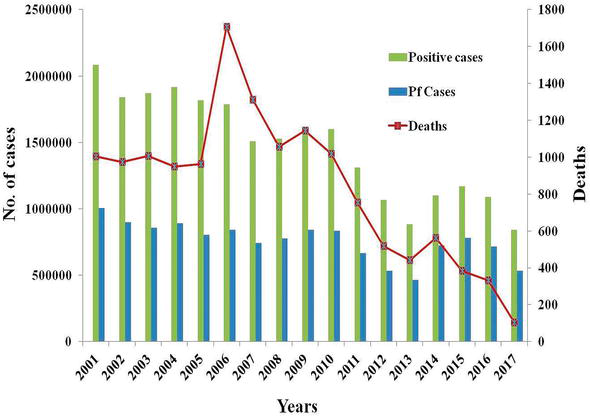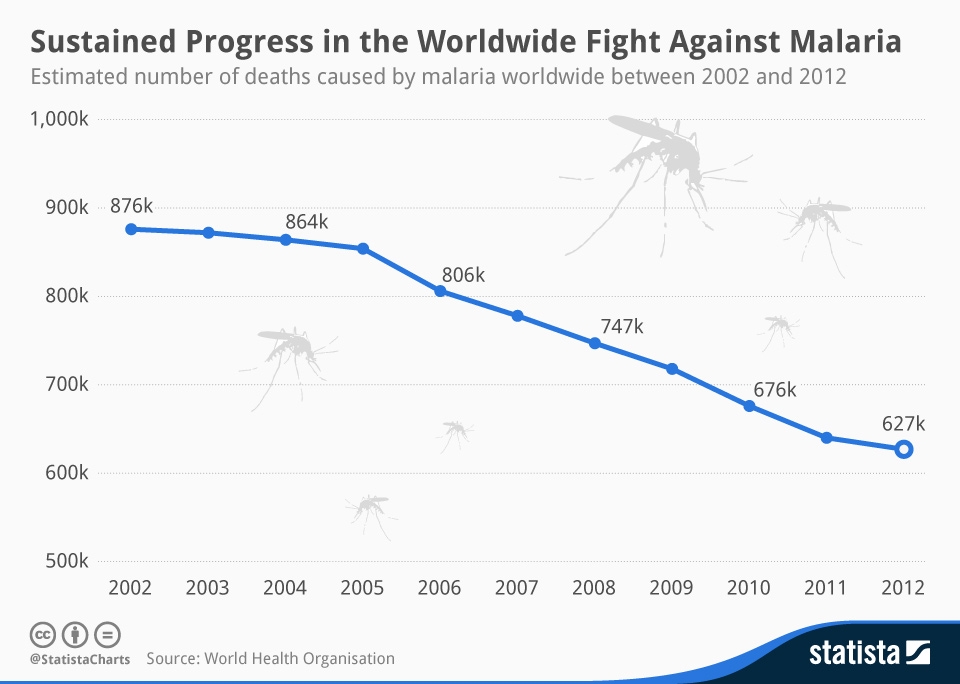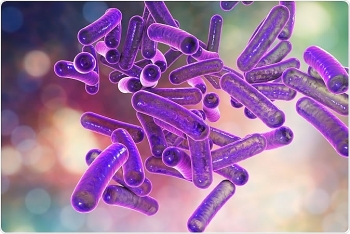Malaria Disease: Causes, Symptoms & Treatments for most common disease in India
 |
| Malaria-desease Photo: Healtheuropa.eu |
What is Malaria?
Malaria is a life-threatening disease. It’s typically transmitted through the bite of an infected Anopheles mosquito. Infected mosquitoes carry the Plasmodium parasite. When this mosquito bites you, the parasite is released into your bloodstream.
Once the parasites are inside your body, they travel to the liver, where they mature. After several days, the mature parasites enter the bloodstream and begin to infect red blood cells. Within 48 to 72 hours, the parasites inside the red blood cells multiply, causing the infected cells to burst open. The parasites continue to infect red blood cells, resulting in symptoms that occur in cycles that last two to three days at a time, according to Healthline.
Reasons for Malaria
Mosquito transmission cycle
 |
| Photo: Mayoclinic.org |
Uninfected mosquito: A mosquito becomes infected by feeding on a person who has malaria; Transmission of parasite: If this mosquito bites you in the future, it can transmit malaria parasites to you; In the liver: Once the parasites enter your body, they travel to your liver — where some types can lie dormant for as long as a year; Into the bloodstream: When the parasites mature, they leave the liver and infect your red blood cells. This is when people typically develop malaria symptoms; On to the next person: If an uninfected mosquito bites you at this point in the cycle, it will become infected with your malaria parasites and can spread them to the other people it bites,...
Other modes of transmission
Because the parasites that cause malaria affect red blood cells, people can also catch malaria from exposure to infected blood, including: from mother to unborn child, through blood transfusions, by sharing needles used to inject drugs,..., Mayoclinic listed.
Symptoms of Malaria
 |
| Photo: Freepik.com |
Malaria is an acute febrile illness. In a non-immune individual, symptoms usually appear 10–15 days after the infective mosquito bite. The first symptoms – fever, headache, and chills – may be mild and difficult to recognize as malaria. If not treated within 24 hours, P. falciparum malaria can progress to severe illness, often leading to death.
Children with severe malaria frequently develop one or more of the following symptoms: severe anaemia, respiratory distress in relation to metabolic acidosis, or cerebral malaria. In adults, multi-organ failure is also frequent. In malaria endemic areas, people may develop partial immunity, allowing asymptomatic infections to occur, WHO.int regarded.
Treatments for Malaria
Malaria can be a life-threatening condition, especially if you’re infected with the parasite P. falciparum. Treatment for the disease is typically provided in a hospital. Your doctor will prescribe medications based on the type of parasite that you have.
In some instances, the medication prescribed may not clear the infection because of parasite resistance to drugs. If this occurs, your doctor may need to use more than one medication or change medications altogether to treat your condition.
Additionally, certain types of malaria parasites, such as P. vivax and P. ovale, have liver stages where the parasite can live in your body for an extended period of time and reactivate at a later date causing a relapse of the infection. If you’re found to have one of these types of malaria parasites, you’ll be given a second medication to prevent a relapse in the future.
The number of Malaria cases in India and the world
 |
| Malaria-cases-in-India-from-2001-to-2017 Photo: Intechopen.com |
India is ecologically vast and has close to a billion-population living at risk of malaria. Given the evidence-based present-day intervention tools and large-scale implementation, India has recorded declining trends in disease transmission from 2 million cases in 2001 to close to a million cases in 2017 and embarked upon malaria elimination in keeping with the Global Technical Strategy by 2030, according to Intechopen.
 |
| Malaria-cases-in-the-world-from-2002-to-2012 Photo: Statista.com |
Don't forget the preventions
| Vector control is the main way to prevent and reduce malaria transmission. If coverage of vector control interventions within a specific area is high enough, then a measure of protection will be conferred across the community. WHO recommends protection for all people at risk of malaria with effective malaria vector control. Two forms of vector control – insecticide-treated mosquito nets and indoor residual spraying – are effective in a wide range of circumstances, WHO.int advised. |
If you find the aforementioned information a good source of knowledge, don't hesitate to share this article to your friends in order to inform them about this dangerous disease!
 Hookworm Infection: Symptoms, Causes, Transmission, Treatments for a Common Diseases in India Hookworm Infection: Symptoms, Causes, Transmission, Treatments for a Common Diseases in India Hookworm infection is an infection of the intestines that can cause an itchy rash, respiratory and gastrointestinal problems, and eventually iron deficiency anemia due to ... |
 Filariasis: Symptoms, Causes, Transmission, Treatments of a Common Diseases in India Filariasis: Symptoms, Causes, Transmission, Treatments of a Common Diseases in India Filariasis is caused by several round, coiled and thread-like parasitic worms that belong to the family filaria. These parasites penetrate the skin either on their ... |
 Shigellosis: Symptoms, Treatment and Prevention Shigellosis: Symptoms, Treatment and Prevention Shigellosis is a bacterial infection that affects the digestive system. The Shigella bacterium is spread through contact with contaminated feces. Below are information about its ... |
 Alzheimer disease: Symptoms and best Treatment Alzheimer disease: Symptoms and best Treatment Alzheimer’s disease, which was first recognized and described in 1906 by researcher Alois Alzheimer, is a progressive brain disease that initially manifests itself as minor ... |


























